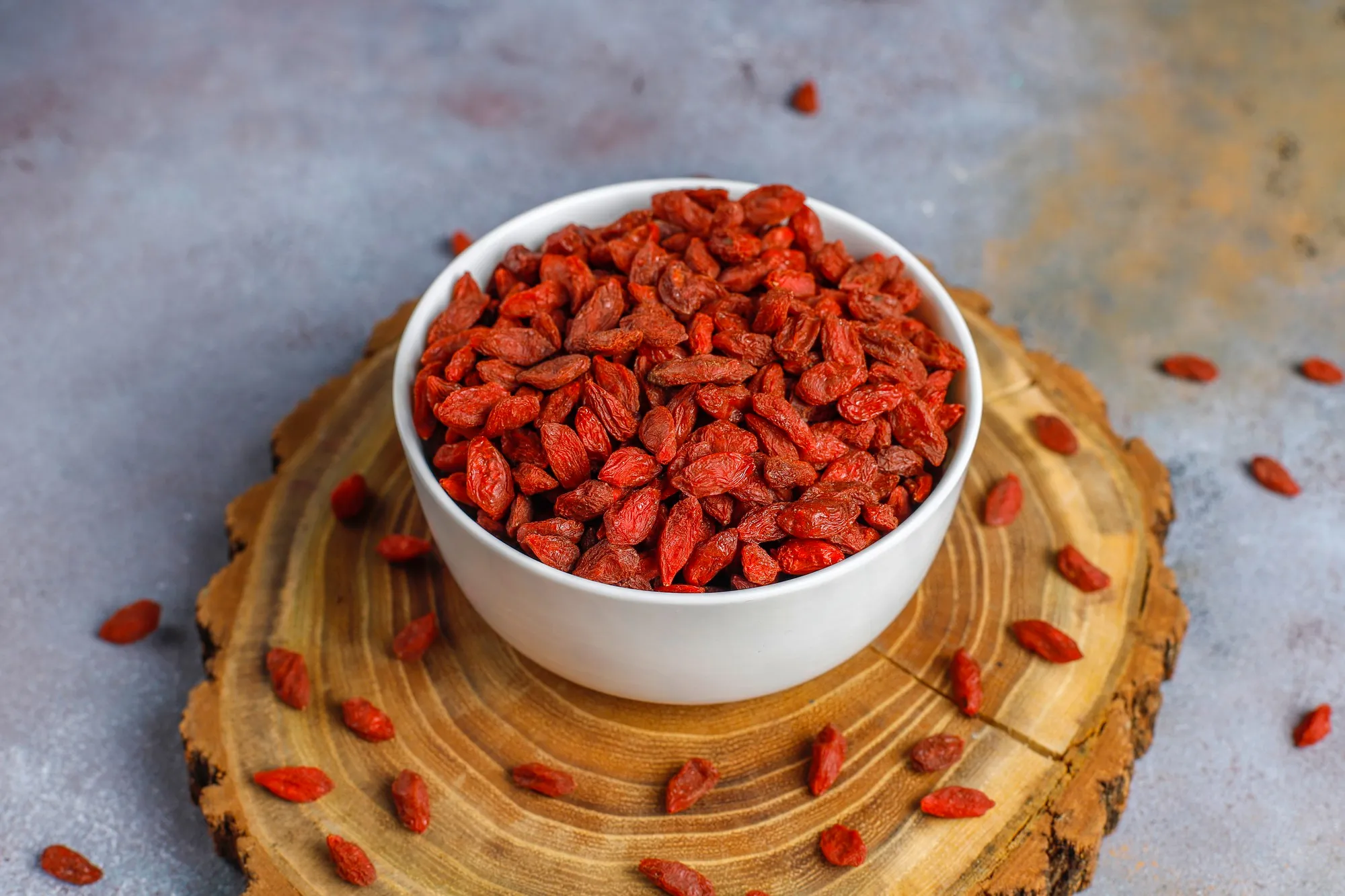Abstract
Electrohydrodynamic (EHD) drying has emerged as a transformative technology with immense potential to enhance the drying process of food products. In a recent groundbreaking study published in Foods (Basel, Switzerland), researchers have delved into the intricacies of EHD drying characteristics and mechanisms in a multiple needle-to-plate electrode system with a focus on Chinese wolfberry, commonly known as goji berries. The study, bearing the DOI 10.3390/foods8050152, highlights the significant impact of ionic wind on the drying process and demonstrates how varying needle spacing within the EHD system can drastically influence drying rates and the overall quality of dried wolfberries.
Introduction to EHD Drying of Chinese Wolfberry
Chinese wolfberry (Lycium barbarum and L. chinense) has been traditionally famed for its nutritional and medicinal value. Recent research, directed by Dr. Ni Jiabao of the College of Science, Inner Mongolia University of Technology, presents novel findings on EHD drying, which enhances these benefits by preserving vital quality parameters and optimizing microstructural integrity of the berries.
Optimizing EHD Drying
The study conducted drying experiments by controlling variables such as the blocking of ionic wind and altering needle spacing. It was found that ionic wind is a key component in hastening the drying process. The varying spacing of needles directly impacted the speed of ionic wind, affecting moisture content, rehydration rate, and polysaccharide retention within the berries. The researchers concluded that decreased needle spacing led to increased electrical conductivity disintegration index and a more effective moisture diffusion coefficient, underlining a direct correlation between needle proximity and drying efficiency.
The Impact of Needle Spacing on Drying Rate and Berry Quality
Upon analyzing different needle spacing treatments, it became apparent that closer needle arrangements accelerated the drying rates significantly more than the control, with rates decreasing in tandem with wider needle spacing. The study sheds light on how needle spacing not only affects the speed but also plays a pivotal role in the textural, nutritive, and rehydration aspects of the wolfberries post-drying.
The Transformation of Microstructure in Goji Berries Post-Drying
Dr. Jiabao’s team meticulously examined the microstructural changes of wolfberries subjected to EHD drying. Utilizing advanced imaging techniques, they detected substantial modifications in fruit microstructure as a result of the drying process. The results of these observations support the hypothesis that EHD technology not only affects surface-level characteristics but deeply alters the internal structural composition of the fruit.
Theoretical and Practical Implications
By providing a comprehensive understanding of the EHD drying mechanism, the study offers theoretical insights which could lead to improved industrial drying applications. As such, the research stands as a beacon for both academia and industry, presenting new directions for enhancing the efficiency of the drying process, improving product quality, and potentially revolutionizing the preservation of nutritional and functional foods.
Keywords
1. Electrohydrodynamic drying goji
2. Chinese wolfberry preservation
3. Innovative food dehydration technology
4. Needle-to-plate electrode system
5. Ionic wind drying mechanism
References
To ensure scientific rigor and provide avenues for further exploration, the study presents a compilation of references that reinforce the findings and connect the research to the wider context of food science literature:
1. Potterat, O. (2010). Goji (Lycium barbarum and L. chinense): Phytochemistry, pharmacology and safety in the perspective of traditional uses and recent popularity. Planta Med., 76, 7–19. DOI:10.1055/s-0029-1186218.
2. Jin, M.L., Huang, Q.S., Zhao, K., & Peng, S. (2013). Biological activities and potential health benefit effects of polysaccharides isolated from Lycium barbarum L. Int. J. Biol. Macromol., 54, 16–23. DOI: 10.1016/j.ijbiomac.2012.11.023.
3. Zhang, D., Xia, T., Dang, S., Fan, G., & Wang, Z. (2018). Investigation of Chinese wolfberry (Lycium spp.) germplasm by restriction site-associated DNA sequencing (RAD-seq). Biochem. Genet., 56, 575–585. DOI: 10.1007/s10528-018-9861-x.
4. Ren, J., Wang, S., Ning, S., Wang, M., Wang, L., Zhang, B., & Zhu, B. (2017). The impact of over-maturation on the sensory and nutritional quality of Gouqi (Chinese wolfberry) wine. J. Inst. Brew., 124, 57–67. DOI: 10.1002/jib.469.
5. Xie, J.H., Tang, W., Jin, M.L., Li, J.H., Xie, M.Y. (2016). Recent advances in bioactive polysaccharides from Lycium barbarum L., Zizyphus jujuba Mill, Plantago spp., and Morus spp.: Structures and functionalities. Food Hydrocoll., 60, 148–160. DOI: 10.1016/j.foodhyd.2016.03.030.
Conclusion
This in-depth research casts a new light on the EHD drying process, highlighting its potential to dramatically improve the drying profile and quality preservation of Chinese wolfberry. Armed with this knowledge, the food industry is poised to adopt more refined and efficient drying techniques, ensuring optimal retention of the beneficial properties of these nutritious fruits.
